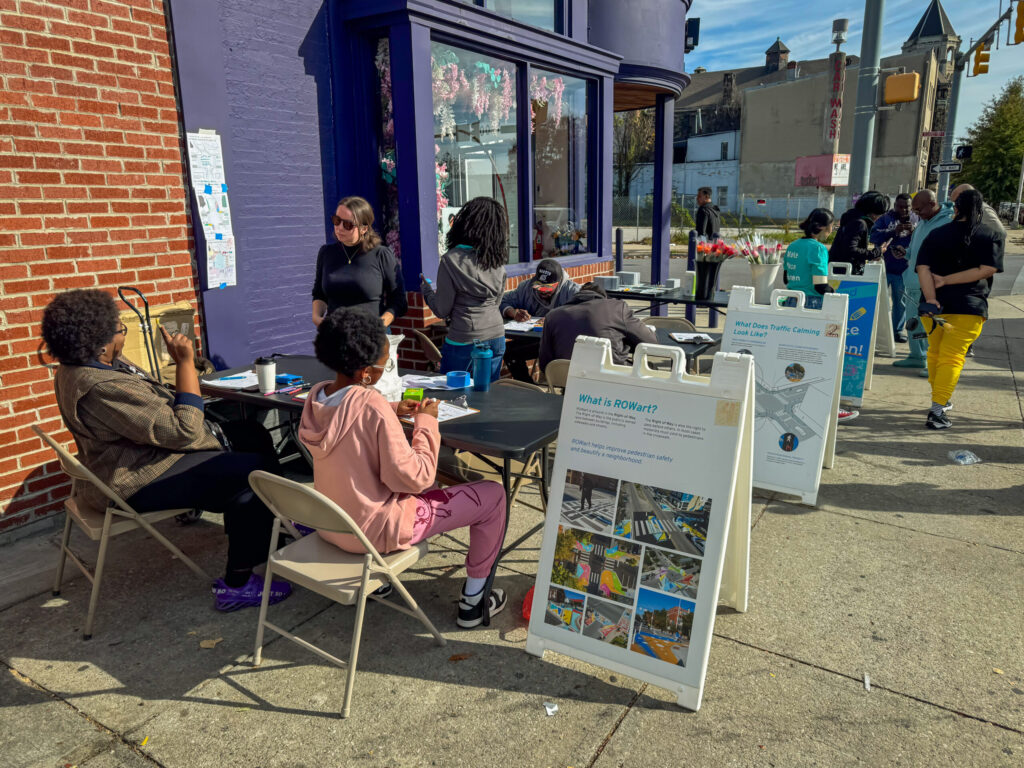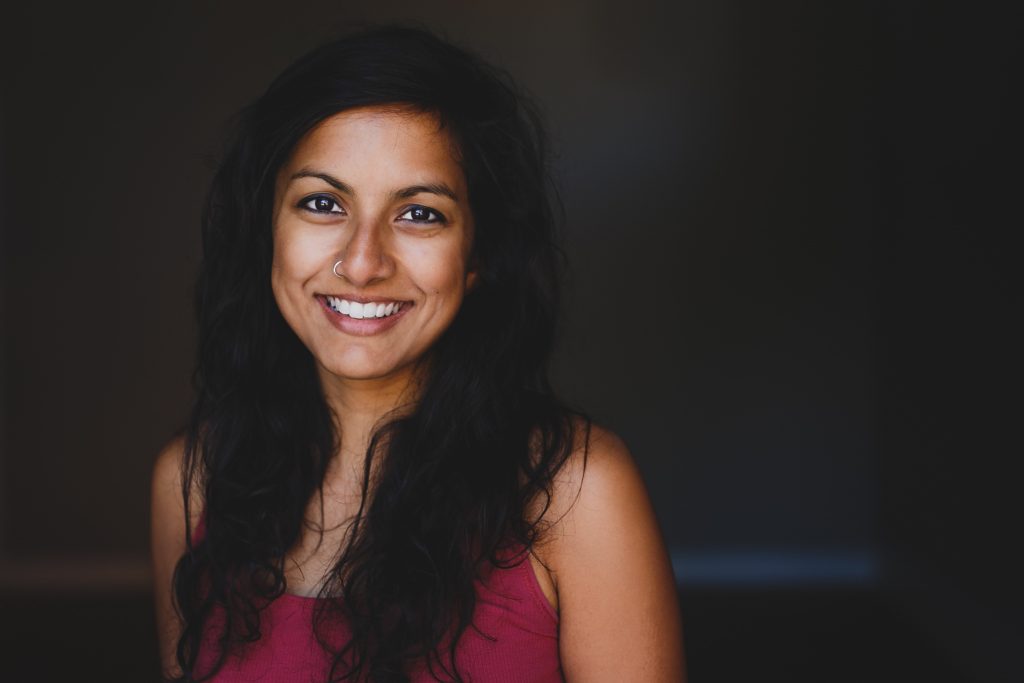
Get to know our new arts and culture outreach associate

Smart Growth America and Transportation for America are pleased to announce the hiring of Mallory Nezam as an arts and culture outreach associate, assisting our efforts to help communities across the country integrate arts, culture and creative placemaking into neighborhood revitalization, equitable development and transportation planning efforts.
 For the last few years, Mallory has been working in digital marketing, focusing on content strategy, account management, copywriting, and guerrilla marketing. Simultaneously, she has been operating as both a public artist and cultural organizer in community-based and social practice art, which utilizes art to engage pressing social issues in communities. One interesting project of hers worth highlighting here is Mirror Casket, a “visual structure, performance, and call to action for justice” following the death of Michael Brown in Ferguson, MO and subsequent protests. (See images and more information at the bottom of this post. -Ed.)
For the last few years, Mallory has been working in digital marketing, focusing on content strategy, account management, copywriting, and guerrilla marketing. Simultaneously, she has been operating as both a public artist and cultural organizer in community-based and social practice art, which utilizes art to engage pressing social issues in communities. One interesting project of hers worth highlighting here is Mirror Casket, a “visual structure, performance, and call to action for justice” following the death of Michael Brown in Ferguson, MO and subsequent protests. (See images and more information at the bottom of this post. -Ed.)
She spent a summer with Creative Time in New York City and The Lab in San Francisco, and has worked extensively with the Pulitzer Arts Foundation and the Contemporary Arts Museum St. Louis. She loves doing freelance writing and teaching yoga as well.
Get to know Mallory and more about T4America’s and Smart Growth America’s arts and culture work with this short Q&A below.
Why did you want to transition to this larger world of transportation, growth and development? Why Smart Growth America and T4America?
I’ve spent the last few years working in the Rust Belt, specifically St. Louis, MO; an incredible city. I was able to work at a very deep grassroots level while in St. Louis, but after the events in Ferguson, MO in August 2014, I realized that I needed more tools to move my community forward, and became more interested in intersectional work that bridged national and local alliances. I’ve also worked deeply in the space of art, but wanted to branch out to leverage the tools of art and culture in other ways. I’m inspired by public transportation, as I think it is one of the most democratizing resources available. I love how you can hop on a bus and be surrounded by all types of people from every part of the community — something that happens in relatively few spaces.
What kind of work will you be doing here at SGA/T4? What are you really excited about doing in 2017?
I’m going to be serving on both the Arts & Culture and Outreach Teams. I’m looking forward to helping to refine our creative placemaking strategies, processes and tools, and ultimately empower more communities to think about developing places with arts and culture at the helm. I think arts and culture can be both a tool to develop as well as an outcome that is nourished through development.
Why should those of us involved in planning, smart growth, neighborhood revitalization, transportation or the like be thinking about arts and culture? What role can and should the arts and culture play in improving neighborhoods and the places we call home?
Arts and culture can be incredible communication tools to better understand the experiences of people in communities and more deeply engage with them. And on the flip side of the process, I believe integrating arts and culture can help keep communities engaged in the changes happening where they live, making them educated, direct participants, which can ultimately lead to more sustainable implementation of projects that better serve the needs of those people.
We say in our creative placemaking guide that a smart starting point for any proposed transportation project is this question: “How can the distinctiveness of this place and the people in it contribute to the success of this transportation project and the community around it?” How can incorporating arts and culture into the process of building transportation projects — or really any projects to build parks or buildings or anything of the sort — result in better, more prosperous, more equitable places for all of us to live?
We all know there’s no one-size-fits-all approach. At least, I hope we know that! I believe that placemaking gives people ownership of their place and the changes occurring within it, and likewise makes both the process and any final product deeply relevant, functional and meaningful to a community.
Utilizing arts and culture in this way allows community members to articulate the uniqueness of their place, and allows for the project to be designed and implemented in more nuanced ways that make the final product something the community will use and love and that will improve their overall well-being.
And lastly, people need to love where they live, work and play. We need to be designing and developing communities in ways that will make people feel good, feel invited and feel special. And when people love their home, they work hard to make it the best place it can be! This builds stronger and more resilient communities, and a sense of empowered autonomy at the local level.
Thanks, and welcome to the team, Mallory!
View Mallory’s personal website at http://www.mallorynezam.com/. You can learn more about Mirror Casket from the project site and from this article in Smithsonian Magazine (image #7) about artifacts now in the collection of the new National Museum of African American History and Culture on the National Mall in Washington, DC.





